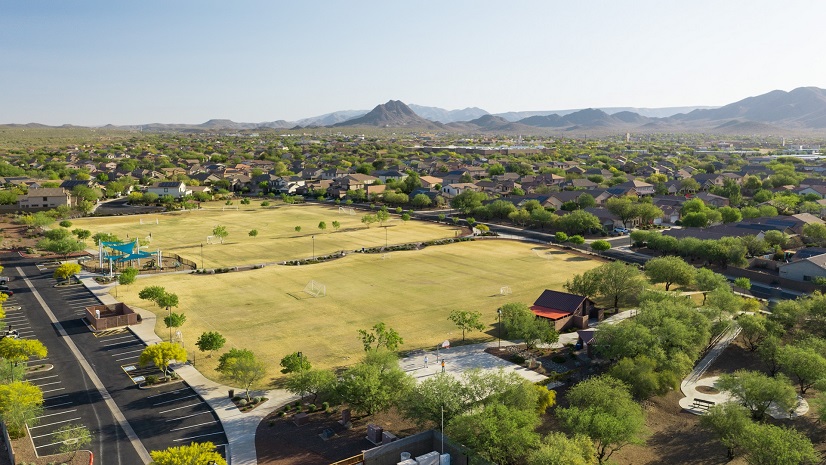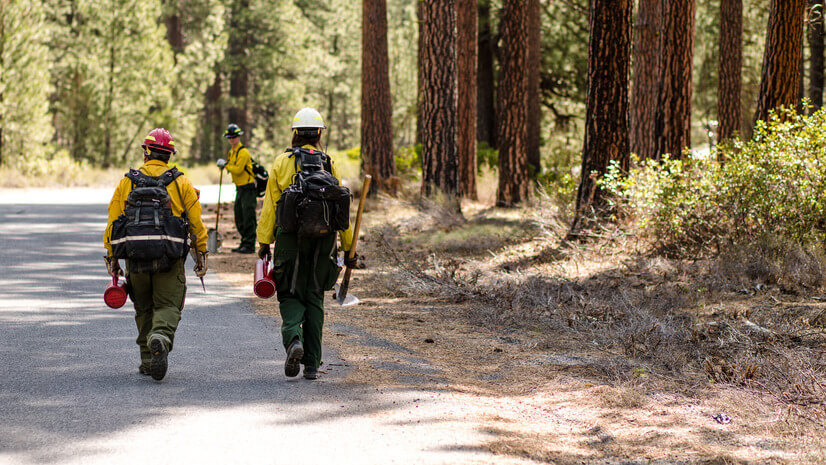Parks are more than just green spaces; they’re the heart of our communities, fostering healthier lives and building climate resilience. But here’s the catch: for parks to take care of us, we need to take care of them. That’s where dedicated professionals in parks and recreation come in. They work tirelessly to ensure community parks are not just beautiful, but also sustainable and long-lasting.
Managing parks is no small feat. It’s a multifaceted job that requires a comprehensive approach to keep green spaces thriving. Park management is inherently a location-based business, involving everything from maintaining trails and facilities to playground inspections and ensuring public safety. However, professionals in this field often face challenges such as manual workflows based on paper, PDFs, and spreadsheets, delayed response times, compliance risks, budget constraints, and a lack of transparency.
To tackle these challenges, many parks and recreation organizations are turning to advanced geospatial tools like ArcGIS and OpenGov Asset Management. These tools make park management more efficient, ensuring that our parks continue to benefit us for generations to come. For instance, two Texas cities, Plano and Arlington, have successfully implemented these solutions, helping them to overcome these challenges and run smarter park operations.
Plano Ditches Paper to Improve Park Management and Storytelling
The City of Plano, Texas, Parks and Recreation Department, led by Assistant Parks Director Dave Angeles, has a vision of “making life better for all” and recognizes community members as full partners in their mission to provide inviting spaces, caring service, outstanding value, and memorable experiences. To accomplish this mission, the department integrated ArcGIS and OpenGov Asset Management into its operations. This transformed how the city manages its fifty-four hundred acres of park assets and related community services.
The initial implementation of Plano’s asset management system took place in 2016, but the parks department had to reimplement it in 2021 due to challenges with paper-based workflows and slow communications from field staff to the office. Paper-based workflows have limitations such as the inability to easily retrieve and analyze the data. Using paper in the field and then bringing it back to the office for supervisors to enter into the system, was not efficient. It also hindered their ability to modernize operations and meet residents’ expectations for timely response.
By transitioning from outdated paper-based workflows to real-time digital systems, Plano has significantly enhanced its response times and efficiency. The city now uses mobile devices to conduct inspections and manage assets, ensuring consistent service levels across all parks.

Implementation also involves multiple departments with different leadership structures, so without engaged leaders, there’s a risk of subpar results and the need for reimplementation.
“It’s really important that on the organization side, we have engaged leadership. The most successful implementations are the ones that have the leadership roles involved the whole time,” said Angeles.
Pre-implementation, Plano Parks had a difficult time telling their story to really keep that leadership engaged. “We really had trouble telling our story on why we needed resources or where our resources were going,” said Angeles.
These technologies have helped Plano parks tell its story. This modern approach not only makes operations smoother but also helps Plano parks clearly communicate resource needs and achievements.
Digital Tools Optimize City of Arlington’s Park Operations
The City of Arlington, Texas, has been utilizing OpenGov Asset Management and ArcGIS for the past ten years to manage its parks and recreation assets effectively. The department manages over a hundred parks, fourteen recreation rental centers, seven aquatic facilities, and four golf courses, serving a population of over four hundred thousand people. Arlington utilizes both technologies to maintain consistent service levels, improve efficiency and productivity, and ensure data retention and standardization.
One of the biggest benefits is the ability to perform real-time updates and inspections using mobile devices. For instance, time consuming playground inspections can now be completed across all 60 playgrounds in about half the time. This means inspectors can address issues right away, like fixing broken play equipment or treating for pest control, which wasn’t possible before.
The tools are also very flexible and can be customized to meet specific workflow or asset management needs. For example, the department created custom workflows for managing janitorial checks at recreation centers. The integration of ArcGIS has also allowed for better data visualization and decision-making, helping the department to make data-driven decisions about resource allocation and maintenance priorities.
Since adopting geospatial technology, Arlington has elevated its parks and recreation service. With GIS dashboards and automated workflows, staff can quickly respond to citizen inquiries and manage city assets more effectively. This proactive approach to asset management ensures that Arlington’s parks remain safe, well-maintained, and accessible to all residents.

Parks and Recreation for the Next Generation
The cities of Plano and Arlington, Texas, have transformed their parks and recreation operations through the integration of OpenGov Asset Management and ArcGIS. Both cities have experienced better data visualization and decision-making with these tools, which has improved resource allocation and maintenance priorities. The tools have also helped to engage city leadership, ensuring that the implementation meets the needs of all stakeholders.
By adopting a proactive approach to asset lifecycle management and using next-gen technology like real-time digital maps and apps, Plano and Arlington have set a benchmark for other municipalities. In taking better care of their parks, both cities are ensuring that these green spaces remain the lifeblood of their communities for today and future generations.

To learn more about the future of park management with Esri’s ArcGIS, please visit Planning Parks and Recreation for the Next Generation.
Catch up on our recent webinar with our partner! Discover how ArcGIS and OpenGov Asset Management are enhancing park operations. Please visit Smart Parks, Smarter Tools: Elevating Maintenance with Cartegraph Asset Management and ArcGIS to watch the recording and join the conversation!




